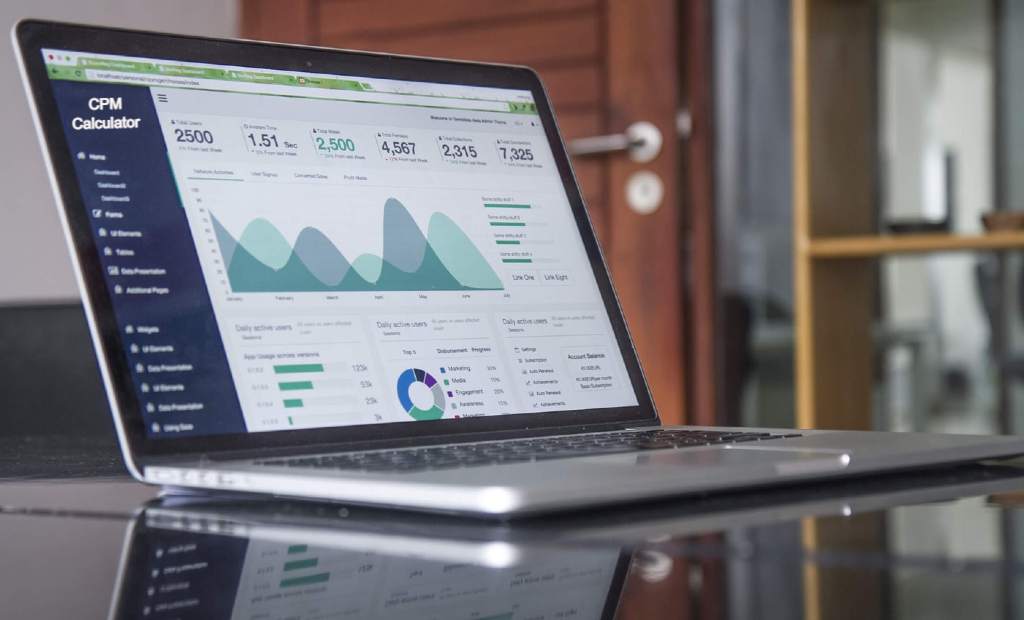How to Calculate CPM in Advertising: Why It’s Not One-Size-Fits-All
CPM—cost per mille, or cost per thousand impressions—is one of the most widely used metrics in digital marketing. But here’s the catch: how to calculate CPM in advertising is not a one-size-fits-all formula when you’re dealing with emerging platforms.
As marketing budgets evolve to include channels like connected TV (CTV), in-game ads, and digital out-of-home (DOOH), understanding the true cost and performance implications of CPM becomes more complex—and more critical. So if you’re a marketing professional trying to justify spend and optimize returns, it’s time to look beyond static formulas.
In this article, we’ll explore how to calculate CPM in advertising across emerging media and evaluate which platforms are worth the investment.
How to Calculate CPM in Advertising: The Basic Formula Still Applies
Before diving into comparisons, let’s establish the baseline.
The formula for how to calculate CPM in advertising is:
CPM = (Total Campaign Cost ÷ Total Impressions) x 1,000
For example, if you spend $10,000 and get 2,000,000 impressions:
CPM = ($10,000 ÷ 2,000,000) x 1,000 = $5 CPM
But here’s the nuance: not all impressions are created equal. This is especially true when comparing traditional web banners to immersive CTV or high-attention DOOH placements. So while the math stays the same, the context matters more than ever.
How to Calculate CPM in Ads: Platform-by-Platform Breakdown
Let’s analyze how to calculate CPM in ads across four emerging formats:
Connected TV (CTV)
Typical CPM Range: $20–$40
Why It’s Higher: Premium video content, large screens, and low ad clutter
Measurement Nuance: Viewability is nearly guaranteed—but attribution is trickier.
CPM Considerations:
When calculating CPM in CTV advertising, you’re paying for a highly engaged, leaned-in audience. This justifies the higher cost—especially for awareness-driven campaigns. But without clickable CTAs or precise tracking, tying that exposure to action is more difficult.
✅ Best for: Brand awareness, storytelling, product launches
❌ Watch out for: Limited interactivity, higher production costs
In-Game Advertising
Typical CPM Range: $6–$18
Why It’s Growing: Massive audience reach, especially among Gen Z
Measurement Nuance: Highly immersive impressions, but often non-clickable
How to Calculate CPM in Ad Formats Here:
Impressions are usually counted during gameplay moments when users are most focused. Think branded billboards in racing games or product placements in sports games. You’ll calculate CPM as usual, but factor in longer exposure times.
✅ Best for: Youth brands, entertainment, sports
❌ Watch out for: Limited targeting and standardization across game publishers
Digital Out-of-Home (DOOH)
Typical CPM Range: $2–$15
Why It’s Popular: Combines physical presence with digital flexibility
Measurement Nuance: Uses estimated foot traffic and AI-based tracking
How to Calculate CPM in Advertising on DOOH:
You’ll use predictive modeling based on location data. For example, a digital screen at Times Square may report 100,000 impressions/day. Multiply by campaign duration, divide total cost, then multiply by 1,000.
✅ Best for: Urban branding, product trials, geo-targeted promotions
❌ Watch out for: Lack of personalized engagement
Audio Streaming Ads (e.g., Spotify, Pandora)
Typical CPM Range: $10–$25
Why It’s Effective: High retention, minimal distractions, growing user base
Measurement Nuance: CPM is calculated per listen—but there’s no visual component.
CPM Tips:
This is one of the few cases where CPM might need to be considered alongside cost per listen-through or cost per voice engagement for a clearer view of campaign value.
✅ Best for: Lifestyle brands, podcasts, retail promotions
❌ Watch out for: Attribution delays, passive consumption
How to Calculate CPM in Advertising: Factors That Skew Cost
While the CPM formula is constant, what goes into those impressions can vary wildly depending on the platform. Here’s what to consider:
Factor | Impact on CPM Accuracy |
Viewability | Not all platforms define impressions the same way |
Targeting Granularity | Niche targeting often increases CPM but improves ROI |
Creative Format | Rich media typically costs more but converts better |
Frequency Control | High CPM may be due to over-delivery in retargeting loops |
So when you analyze how to calculate CPM in advertisiment across platforms, make sure you’re adjusting for impression quality—not just quantity.
Putting It All Together: CPM in Action
Let’s say you’re comparing two campaigns:
Platform | Spend | Impressions | CPM | Clicks | Conversions |
In-Game Ads | $6,000 | 1,000,000 | $6.00 | 2,100 | 150 |
DOOH (Transit) | $6,000 | 500,000 | $12.00 | 400 | 100 |
At first glance, in-game wins with a lower CPM and more conversions. But if the goal is brand lift in a specific neighborhood, DOOH might be worth the higher CPM.
This underscores why learning how to calculate CPM in ad strategy decisions must be paired with intent, context, and KPI alignment.
How to Calculate CPM in Ads and Optimize Budget Allocation
Here’s a quick guide for professionals trying to compare CPM across formats:
Use Case | Best Emerging Platform |
Awareness, storytelling | Connected TV |
Local buzz, street presence | DOOH |
Gen Z engagement | In-Game Advertising |
Passive but persistent reach | Audio Streaming |
The goal isn’t to always pick the lowest CPM—it’s to pick the one that delivers value per impression based on your brand’s goal.
Final Thoughts: Rethinking How to Calculate CPM in Advertising
When evaluating how to calculate CPM in advertising, remember this: the formula is only the starting point. Today’s marketing environment demands that professionals go beyond the math to understand platform behavior, attention metrics, and performance context.
Yes, knowing how to calculate CPM in advertisiment is essential—but knowing when it matters and how to act on it is what sets smart marketers apart.






